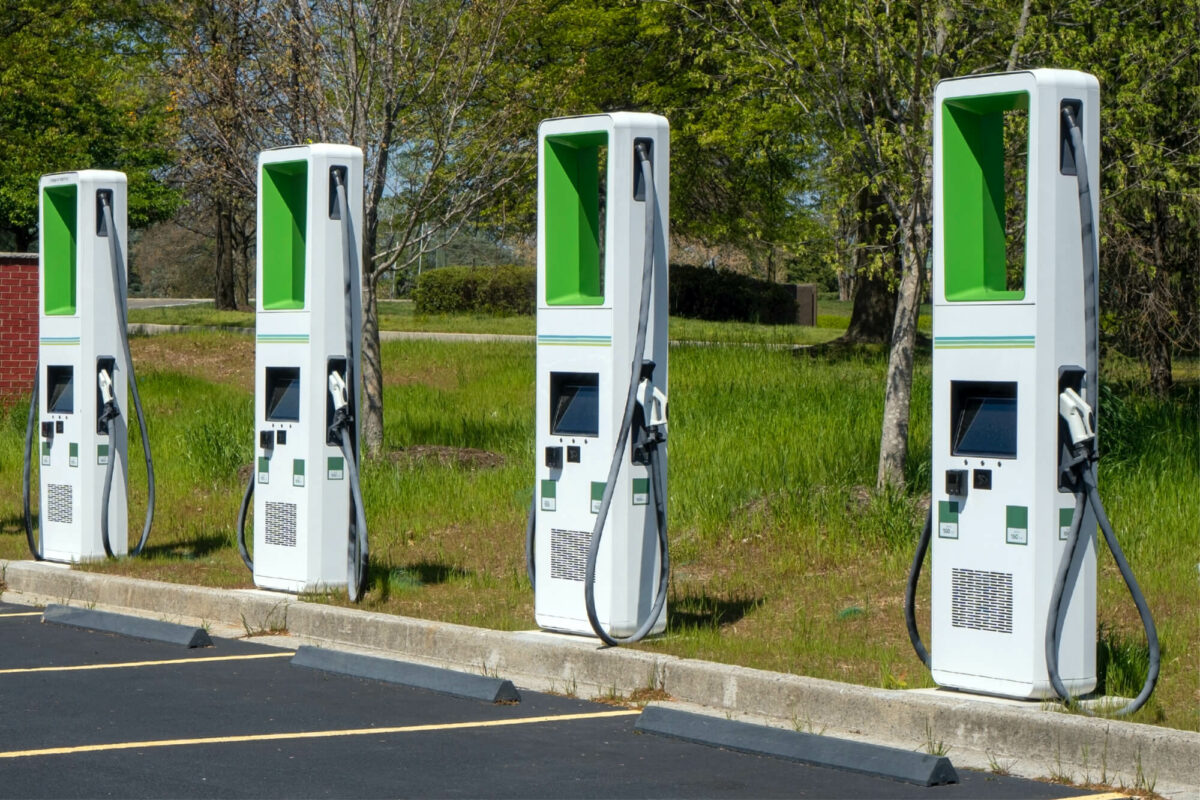While electric vehicles (EVs) represented less than 2% of new car sales in the U.S. in 2020, few will argue that EVs are a passing fad. IHS Markit predicts that EVs will grow to 10% of new car sales by 2025. Many automakers have already rolled out electric vehicles, and many others are planning to expand their product offerings in this space over the next few years.
To compete in this emerging market, automakers are investing billions to electrify their vehicle lineup and are asking dealers to pay for facility upgrades that often come with a hefty price tag. In addition, to satisfy nascent demand, original equipment manufacturers (OEMs) will likely funnel most EV vehicles to major population centers, while smaller suburban and rural dealers may not generate enough demand to achieve a reasonable return on investment. Although co-op advertising programs are designed to help dealers move existing vehicles off the lot, the EV market is a little different. To be successful, dealers will need to stimulate demand in their local markets with a more proactive approach and careful consideration for how they advertise national and local tax incentives.
From a dealership facilities perspective, the investments required to house EVs include:
- Charging stations
- Special service bays with EV-centric lifts
- Specialized tooling
- Quarantine areas
- Dedicated showroom space
- Sales and technical training and certifications
Dealerships need to be prepared to sell and service a vehicle with such a vastly different design from the vehicles they’ve been selling and servicing for decades, as well as be ready to supply a charge. To maximize dealers’ success in this transition period, OEMs should support by subsidizing their investments in hardware, software, and installation costs, along with providing comprehensive training to the front and back ends of the store.
Ansira’s EV Start Program leverages our deep expertise in supporting auto clients as they dive into emerging markets, to now help them create the reporting and infrastructure to help dealers become EV ready, manage the rollout, and keep them informed every step of the way while facilitating dealer subsidy payments based on the receipt of proof of investment performance. Some of Ansira’s proprietary technology and channel partner services that support clients in the EV roll out include:
- A bespoke program website to serve as an information repository for dealers and field teams to access all EV launch resources and timelines
- Dealership report-cards that display and track the requirements and completion
- A mechanism to collect data on and audit customer facing chargers to both ensure installations meet compliance requirement and help create a more robust charging network
- Facilitating the dealer enrollment process and track/display that information on the website
- Managing a contact list of “EV Lead Employees” and providing relevant communication to this group
- Dedicated EV Program Headquarters Team that can answer calls and emails from both the dealers and the OEM field team
The EV market is seen as an intriguing alternative to traditional vehicles, especially from a marketing and advertising perspective, but consumers are still looking for answers surrounding the financial and environmental benefits in order to make a fully informed purchase decision. While questions on battery range and availability of fueling stations tend to top the list, they are also seeking more information on how EVs measure up in regular areas such as performance, maintenance, warranty, safety, and resale value. This top-of-the-funnel curiosity places a new onus on dealers to help facilitate demand in their local markets. Dealers need to be equal parts evangelist, teacher, and advocate for the EV prospect, in addition to providing the standard discounts, finance and lease advice, and offers.
However, the responsibility should not fall solely on the local dealer. To further support in generating EV demand at the local level, automakers must provide the dedicated allowances that are specific to marketing these vehicles. Higher reimbursement rates on EV-specific co-op funds for creative execution would allow for greater influence over message and tone. Higher reimbursement rates for certain media could also direct funds to target prospective EV buyers where they are in real time – where they shop and research. Based on the unique characteristics and traits of those predisposed to purchase an EV, developing a set of localized marketing plays to help dealers identify, educate, and convert EV candidates would provide them with the strategic direction and resources to sift through the noise. These turnkey marketing plays should feature creative that is aware of federal, state, and local incentives and compliant with OEM minimum advertised price and branding guidelines.
With the flood of new electric vehicles anticipated to arrive over the next several years, the market will move past the “low hanging fruit” buyers and require franchised auto dealers to acquire a new set of skills for EV marketing efforts. The time is now to help prepare them with financial, marketing and training support.

